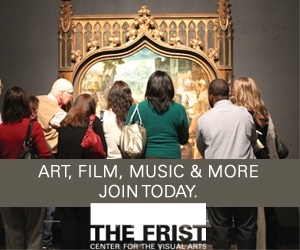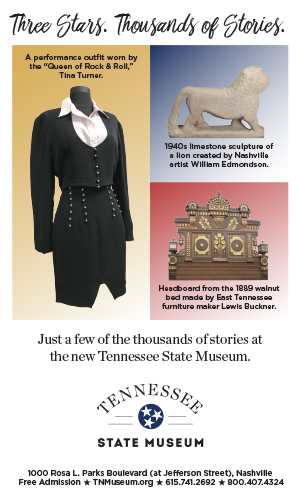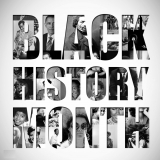Archives: Detail
Spotlight Article
Details
| Date: | 2012-10-22 |
|---|---|
| Article Title: | Frist Center presents: German Expressionism from the Detroit Institute of Arts |
| Article: | Organized by the Detroit Institute of Arts, this exhibition features works from the Detroit Institute of Arts’ renowned collection of early twentieth-century German Expressionist paintings, sculptures, prints, and drawings, by artists who belonged to the groups known as The Blue Rider (active in Munich) and The Bridge (active in Dresden and Berlin). The Detroit collection contains major works by Wassily Kandinsky, Otto Dix, Max Beckmann, Paula Modersohn-Becker, Franz Marc, and Ernst Ludwig Kirchner. You can also connect to the audio for this exhibition on your computer, tablet, or smartphone. This exhibition of German Expressionist painting, sculpture, and works on paper, which is drawn entirely from the extraordinary collection of the Detroit Institute of Arts (DIA), explores the entire breadth of this artistic movement from its beginnings around 1905 through 1950. The exhibition opens with the forerunners to Die Brücke who had freed themselves from the constraints and conservative tendencies of Germany’s academic system and annual salons. Some of these pioneers, such as the sculptor Wilhelm Lehmbruck and the painter-printmaker George Grosz, were dedicated individualists. The majority of these artists, however, helped to change the course of German art history by taking part in a secession—an organization formed in protest to the selection process, hanging conditions, and exclusion of foreign artists from state exhibitions. The Berlin Secession stood out as the most avant-garde and cosmopolitan; it was additionally significant because it welcomed women, who had always been excluded from the state academies and salons. The secessions mounted exhibitions of their own and their members were able to survive outside the state system thanks to visionary private art dealers who marketed and sold their work. These developments paved the way for the more radical breakthroughs of Die Brücke. Audio tours are also available via your smartphone (with headphones) while in the Frist Center galleries. For more information regarding this exhibition, please call (615) 244-3340. |








